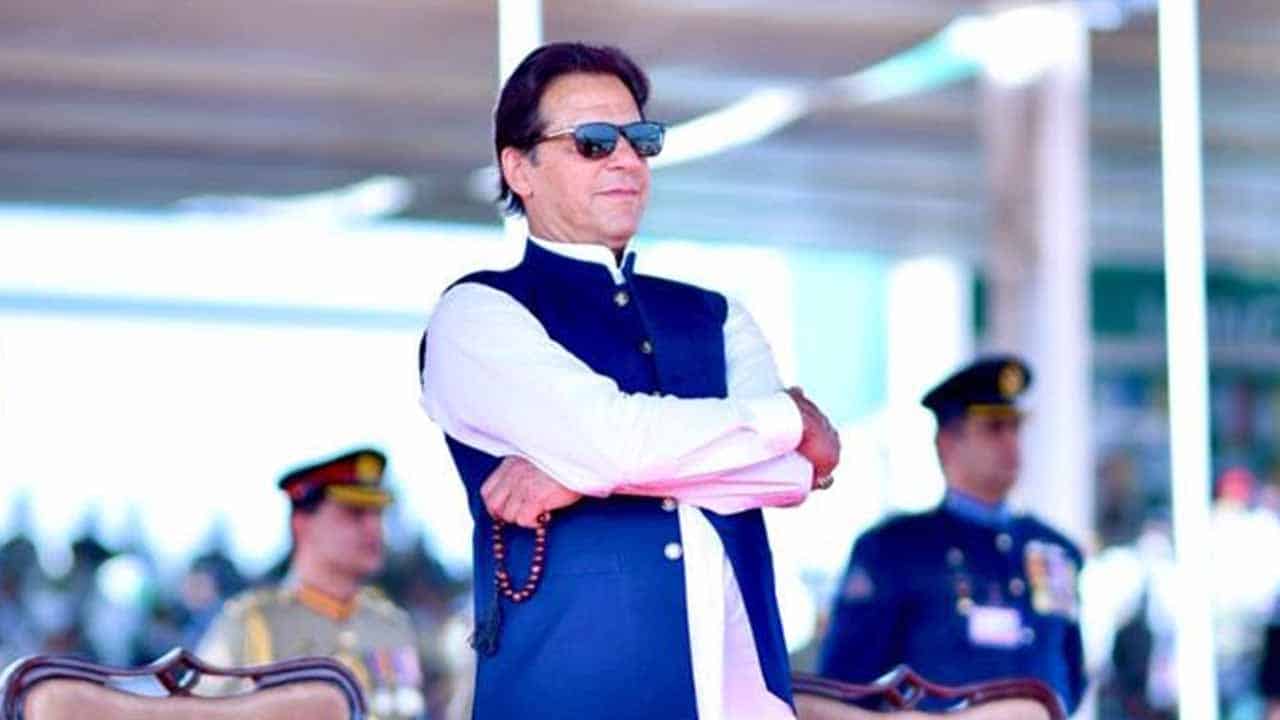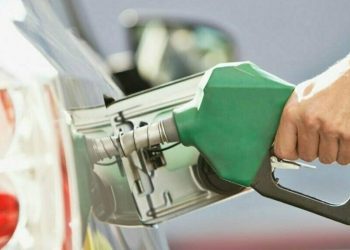After a hard-partying life as a cricket star, Pakistan’s Prime Minister Imran Khan has transformed himself from revered sportsman into international statesman. Weeks before the general elections 2018, Pakistan Tehreek-i-Insaf Chairman Imran Khan — now also the prime minister — unveiled his party’s much-awaited manifesto that carried an elaborate plan to transform the country into “Naya Pakistan” — a term that doubled as his party’s slogan through their successful campaign and beyond.
Different media reports has found that the PTI-led government has launched a number of projects and also set in place the instruments required for the fulfillment of some of its promises at the national, and in some cases, even provincial levels.
Here are the highlights of some of the important promises made by the PTI in its manifesto and where they currently stand.
- Overall Economy:
- Current account deficit 2018 = $20 billion
- Now = $1.8 billion
- Foreign reserves 2018 = $16.4 billion
- Now = $27 billion
- Tax collection 2013-2018 = Rs3,800 billion
- Now = Rs4,700 billion
- Foreign remittances 2018 = $19.9 billion
- Now = $29,4 billion
- Social Work:
- Ehsaas Programme
- Koi Bhooka Na Soye Programme
- Kisaan Card
- Insaaf Sehat Card,
- Kamyab Jawa Programme
- One Nation-One Curriculum
- Zaraat Say Khuraak Tak (from agriculture to food)
- Development Sector:
- Karachi Nuclear Power Plant 2
- Low-cost housing under Naya Pakistan Housing Ravi Urban Project
- Rs1.1 trillion Karachi package
- Program on construction of dams
- Inaugurating of Rashakai SEZ
- Inaugurating heritage trail
- Ten Billion Tree Tsunami Project
- China-Pakistan Economic Corridor (CPEC)
- Foreign Affairs:
- Kashmir cause
- Palestine cause
- Afghan peace process
- Detachment from on going Russian-Ukrainian crisis
- Absolutely Not
- Economic Sector:
- Pakistan’s first stent production facility
- Launch of country’s first Green Bond
- People-friendly budget
- Upward economic trajectory
- Roshan Digital Account
- Roshan Apni Car and Roshan Samaji Khidmat, Electric Vehicle Policy
- MG Motors launch
- Structural reforms,
- Export growth in textile industry
- Increase in exports and decrease in imports
- High remittances












